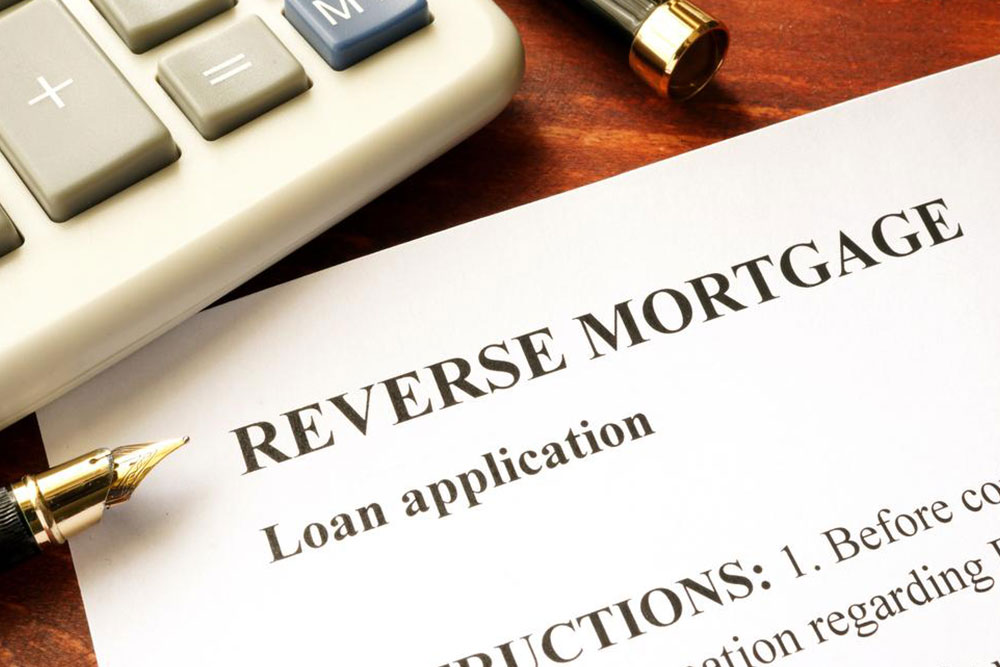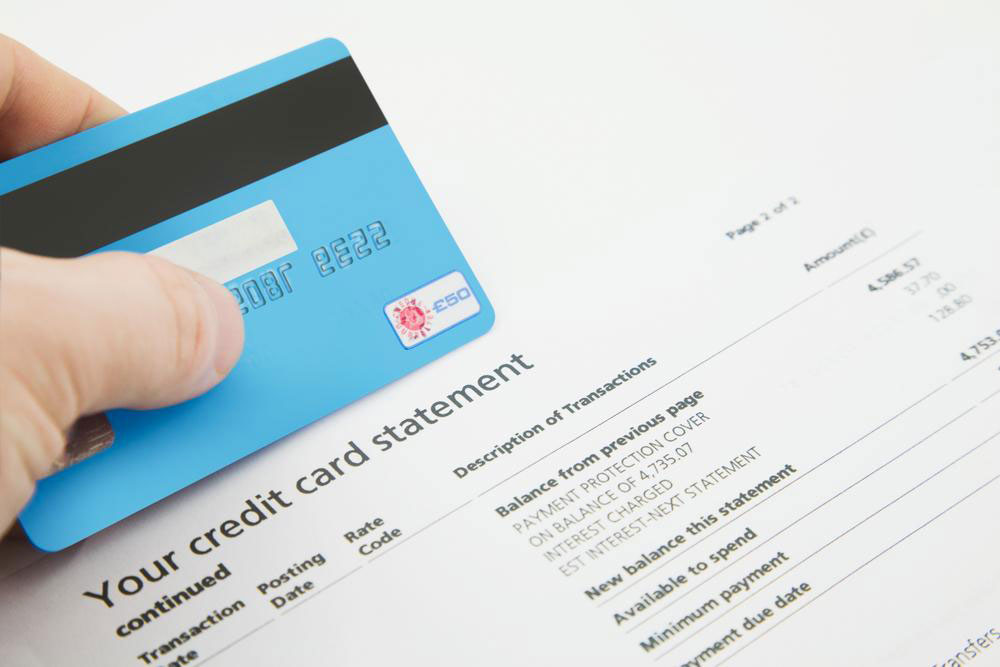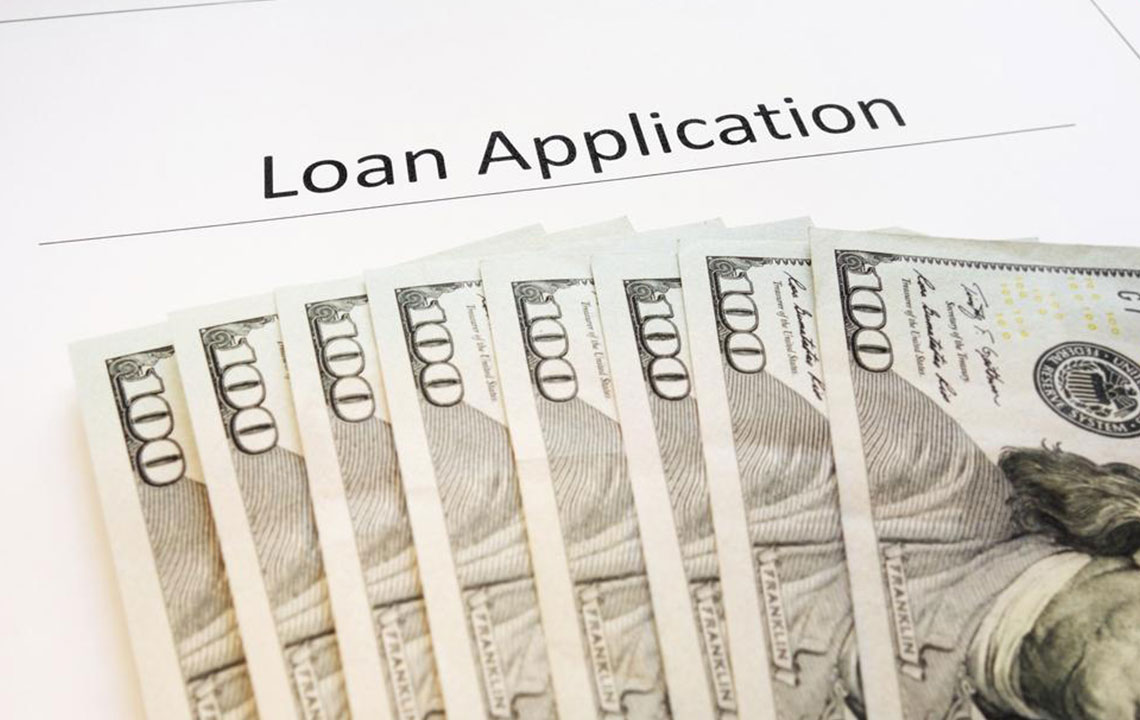Overcoming Common Challenges When Refinancing Your Home Loan
Refinancing your home loan can offer significant financial benefits, but various obstacles may hinder approval. Common barriers include low home equity, high loan-to-value ratios, poor credit scores, and unstable employment. Understanding these challenges and taking proactive steps like improving credit, increasing equity, or exploring specialized programs such as HARP can improve your chances. This comprehensive guide provides insights into overcoming common refinancing hurdles, helping homeowners make informed decisions and secure better loan terms for their future financial stability.

Overcoming Common Challenges When Refinancing Your Home Loan
Refinancing your home loan can be a strategic move to secure better interest rates, lower monthly payments, or access equity for other financial needs. Despite these benefits, many homeowners encounter various obstacles that can hinder their refinancing efforts. Understanding these common challenges and knowing how to address them can significantly improve your chances of approval. This comprehensive guide explores the most frequent issues faced during refinancing and provides practical solutions for overcoming them, helping you make informed decisions about your home financing options.
One of the primary barriers to refinancing is insufficient home equity. Equity is the difference between your property's current market value and the outstanding balance on your mortgage. When your home equity is low, lenders consider the loan risk higher, which can lead to rejection or less favorable terms. Typically, lenders seek a certain level of equity—often around 20% or more—to approve refinancing applications. If your home’s value has declined or your mortgage balance exceeds the property’s worth, refinancing becomes more challenging.
Another significant factor that affects refinancing eligibility is the loan-to-value ratio (LTV). A high LTV indicates that you're borrowing close to or above your property's value, which raises red flags for lenders. Borrowers with high LTVs often need to explore specialized programs such as the Home Affordable Refinance Program (HARP), designed specifically for homeowners with high LTV ratios. These programs can provide alternative refinancing options that might not be available through traditional channels.
Insufficient Equity: Borrowers may face rejection if the homeowner's equity is too low, meaning that the amount owed on the mortgage exceeds the current value of the property. This is especially common in markets where property values have declined, or if the borrower has made minimal principal payments.
High loan amounts, especially for those seeking to refinance large balances, can also impede refinancing efforts. Larger loans tend to attract more scrutiny from lenders due to the increased risk involved. Additionally, borrowers with poor credit scores or low credit ratings face higher interest rates and stricter approval conditions, further complicating the refinancing process. A low credit score indicates to lenders that the borrower has a higher risk of default, making lenders less willing to approve favorable terms.
To better qualify for refinancing, borrowers with poor credit might consider improving their credit score before applying. Paying down existing debts, ensuring timely bill payments, and avoiding new credit inquiries can help bolster creditworthiness.
Employment stability is another critical factor lenders evaluate during the refinancing process. An unstable employment history—such as frequent job changes or gaps in employment—can signal financial uncertainty, leading to application denial. Conversely, demonstrating steady employment over a significant period can reassure lenders of your ability to make consistent payments. If unemployment or unstable employment is a concern, maintaining or resuming stable work can increase your chances of approval in future refinancing attempts.
Some homeowners also turn to alternative refinancing options when facing obstacles. For example, cash-in refinancing involves making a significant upfront payment to reduce the loan balance below conforming loan limits, which improves approval prospects. Additionally, government-backed programs like FHA or VA loans can offer more flexible qualification criteria for eligible borrowers.
In summary, understanding the common obstacles to refinancing and actively working to address them can greatly improve your likelihood of success. Whether it’s increasing home equity, improving your credit score, or maintaining stable employment, taking proactive steps can help you unlock the benefits of refinancing your home loan. Always consult with a mortgage professional to explore available options tailored to your specific financial situation and homeownership goals.





